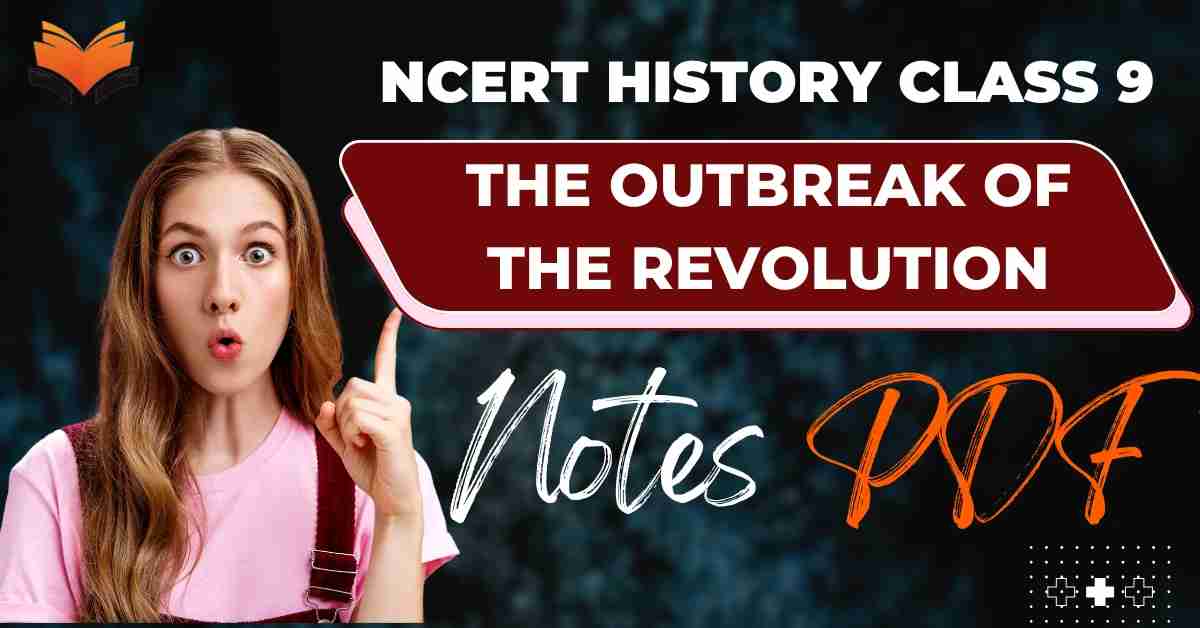The Outbreak of the Revolution – Concept & Notes PDF
Topic & sub-topics covered: The Outbreak of the Revolution and MCQs Questions: The French Revolution (All single detail notes are exam-oriented).
We have discussed in-depth and exam-oriented pointers that can be asked in the board exam of class 9th about the “The Outbreak of the Revolution” from the NCERT History notes for class 9th chapter 1st “The French Revolution“.
Download the NCERT History for Class 9th Chapter 1 The French Revolution Notes PDF
NCERT History for Class 9th Chapter 1_ The French Revolution Notes & MCQ’s Question-Answer
Hey Class 9! The French Revolution chapter topic “the outbreak of the revolution” giving you a headache? Yeah, been there. So many names, dates, and those confusing terms like Estates General and Reign of Terror – it’s a lot, right?
When I first read this chapter, I honestly had no clue what was going on. Like… why were people storming a prison? Who even was Louis XVI? But once someone explained it in simple language, it finally clicked. That’s exactly why I made these notes – to help you get it without drowning in textbook blah-blah.
These notes are short, straight to the point, and written like a friend explaining stuff – not some robotic lecture. Whether you’re cramming before an exam (we’ve all done it) or just revising bit by bit, this the outbreak of the revolution class 9 notes pdf got your back. And yep, it works offline too – because let’s face it, your Wi-Fi bails right when you need it most. Oh, and guess what? You can download it right below. Go on, grab it. No stress.
The Outbreak of the Revolution
1. Taxation and the Estates General:
- Louis XVI needed to increase taxes due to France’s financial crisis.
- Under the Old Regime, the monarch could not impose taxes by himself.
- To raise taxes, the king had to call a meeting of the Estates General – a political body with representatives from all three estates.
- Only the king had the power to summon the Estates General.
- The Estates General was last called in 1614, before being called again on 5 May 1789.
- In 1789, 300 representatives each were sent by the First and Second Estates, while the Third Estate sent 600 members.
- Members of the Third Estate had to stand at the back, showing their low status, despite being the majority.
- The Third Estate was represented by wealthy and educated men; peasants, artisans, and women were excluded.
- Grievances of common people were compiled in about 40,000 letters submitted by representatives.
2. Voting Dispute and Break from the Assembly:
- Voting was traditionally one vote per estate, favoring the privileged classes.
- The Third Estate demanded “one member, one vote”, inspired by Rousseau’s democratic ideas in The Social Contract.
- Louis XVI rejected this new voting proposal.
- In protest, Third Estate members walked out of the assembly.
3. Formation of the National Assembly & Tennis Court Oath:
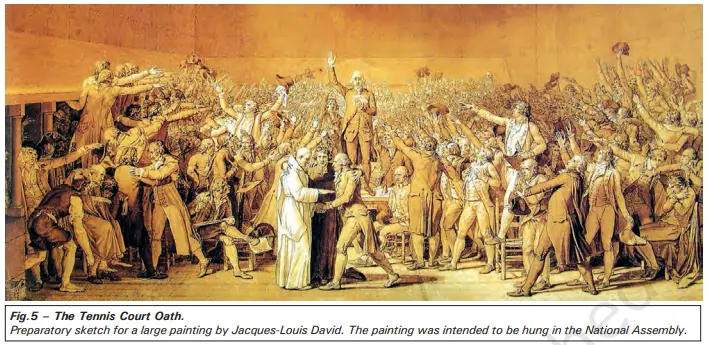
- On 20 June 1789, the Third Estate met in an indoor tennis court at Versailles.
- They declared themselves the National Assembly and vowed not to disperse until they drafted a new constitution.
- They aimed to limit the powers of the monarch.
- Leaders of this movement were Mirabeau and Abbé Sieyès.
- Mirabeau, a noble by birth, supported abolishing feudal privileges and gave powerful speeches.
- Abbé Sieyès, originally a priest, wrote the influential pamphlet “What is the Third Estate?”
4. Unrest in France and the Fall of the Bastille:
- France faced a severe winter and poor harvest, causing bread prices to rise sharply.
- Bakers hoarded supplies, and angry women stormed shops after standing in queues for hours.
- The king sent troops to Paris, increasing public anger.
- On 14 July 1789, a crowd stormed and destroyed the Bastille – a symbol of royal power.
5. Peasant Revolt and Great Fear in the Countryside:
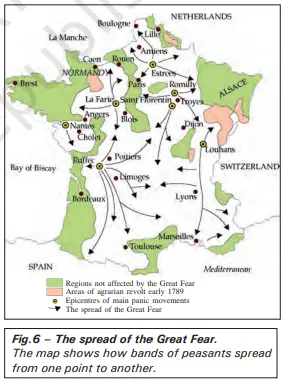
- Rumours spread that lords had hired brigands to destroy crops.
- Fearful peasants attacked manor houses (chateaux) with hoes and pitchforks.
- They burned documents that recorded manorial dues and looted grain stocks.
- Many nobles fled to nearby countries, fearing for their lives.
6. Abolition of Feudalism & Church Privileges:
- Facing revolt, Louis XVI recognized the National Assembly and agreed to a constitutional monarchy.
- On 4 August 1789, the National Assembly abolished the feudal system.
- Clergy lost their privileges, and tithes were abolished.
- Lands owned by the Church were confiscated by the government.
- This move gave the government assets worth at least 2 billion livres.
Some important dates:
- 1774: Louis XVI becomes king of France, faces empty treasury and growing discontent within society of the Old Regime.
- 1789: Convocation of Estates General, Third Estate forms National Assembly, the Bastille is stormed, peasant revolts in the countryside.
- 1791: A constitution is framed to limit the powers of the king and to guarantee basic rights to all human beings.
- 1792-93: France becomes a republic, the king is beheaded. Overthrow of the Jacobin republic, a Directory rules France.
- 1804: Napoleon becomes emperor of France, annexes large parts of Europe.
- 1815: Napoleon defeated at Waterloo.
France Becomes a Constitutional Monarchy
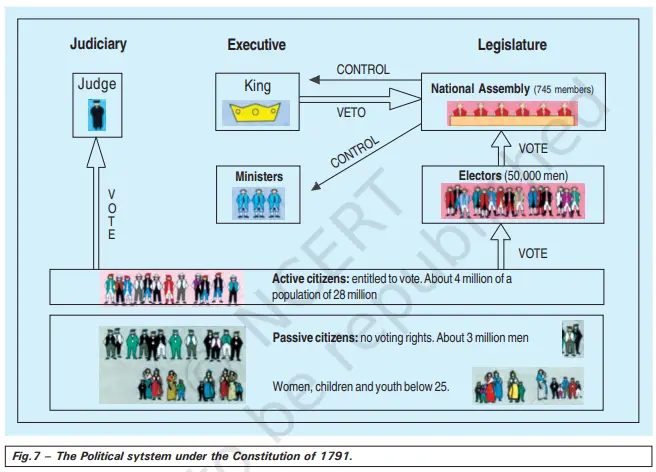
1. Formation and Purpose:
- The National Assembly completed the draft of the Constitution in 1791.
- Its main objective was to limit the powers of the monarch and end absolute monarchy.
- France became a constitutional monarchy, where power was divided among three organs: Legislature, Executive, and Judiciary
2. Legislative Structure and Voting System:
- Law-making powers were given to the National Assembly.
- The Assembly was indirectly elected: Citizens voted for electors, who then elected the members of the Assembly.
- Voting Rights (Active vs Passive Citizens):
a. Only men above 25 years who paid taxes equal to 3 days of a laborer’s wage were considered active citizens (had the right to vote).
b. All women and men not meeting the tax criteria were considered passive citizens (no voting rights). - To be elected as an elector or member of the Assembly, a man had to be among the highest taxpayers.
3. Declaration of the Rights of Man and Citizen:
- The Constitution began with the Declaration of the Rights of Man and Citizen.
- Rights were termed “natural and inalienable” – belonging to every person by birth.
- Key rights included:
a. Right to life
b. Freedom of speech
c. Freedom of opinion
d. Equality before the law - The state was responsible for protecting these rights.
4. Key Principles from the Declaration (Source C):
- All men are born free and equal in rights.
- The purpose of any government is to protect natural rights: Liberty, property, security, and resistance to oppression
- Sovereignty lies in the nation, not in any individual or group.
- Law is the general will, and all citizens are equal before it.
- Every citizen has the right to speak, write, and print freely but is responsible for its misuse.
- No one can be arrested or punished unless determined by law.
- Taxes must be equal, and levied in proportion to income.
- Property is a sacred right and can only be taken for public use with just compensation.
5. Critical Voices (Source B: Jean-Paul Marat’s Viewpoint):
- Jean-Paul Marat, a revolutionary journalist, criticized the Constitution for favoring the rich.
- He believed that the Constitution ignored the poor and would not bring change peacefully.
- Marat argued that wealth influenced law, and laws lasted only with the people’s consent.
- He warned that the poor would rise not just against the aristocrats, but also against wealthy property owners.
Reading Political Symbols
- In the 18th century, the majority of men and women were illiterate (couldn’t read or write).
- To communicate revolutionary ideas, images and symbols were used in place of written words.
- The painting by Le Barbier (Fig. 8) represents the Declaration of the Rights of Man and Citizen through powerful visual symbols.
Important Symbols and Their Meanings:
1. Broken Chain:

- Chains were traditionally used to fetter (bind) slaves.
- A broken chain symbolizes freedom from oppression or slavery.
- It represents the act of becoming free.
2. The Bundle of Rods or Fasces:
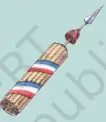
- A single rod can be broken easily, but a bundle of rods cannot.
- This symbolizes strength in unity or collective strength.
3. The Eye within a Triangle Radiating Light:

- Known as the “All-seeing eye”, it stands for knowledge and awareness.
- The rays of sunlight symbolize the end of ignorance or enlightenment.
4. Sceptre:

- The sceptre is a traditional symbol of royal power or monarchy.
- It signifies the authority once held by kings.
5. Snake Biting Its Tail to Form a Ring (Ouroboros):

- A snake forming a ring by biting its tail is a symbol of eternity.
- The ring has no beginning or end, representing infinite continuity.
6. Red Phrygian Cap:

- This cap was historically worn by freed slaves in ancient Rome.
- In the revolution, it symbolizes freedom and liberation from slavery.
7. Blue-White-Red:
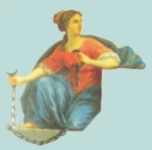
- These are the national colours of France (the tricolour flag).
- They came to symbolize unity, nationalism, and republican values.
8. The Winged Woman:
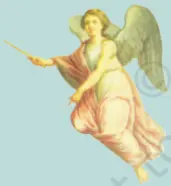
- The winged female figure is a personification of the Law.
- She represents the idea that law is supreme and universal.
9. The Law Tablet:
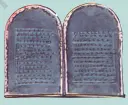
- The law tablet conveys that laws are equal for everyone.
- It upholds the principle of equality before law and rule of law.
New words:
- Chateau (pl. chateaux) – Castle or stately residence belonging to a king or a nobleman.
- Manor – An estate consisting of the lord’s lands and his mansion.
Next & Previous Topics of NCERT/CBSE History Class 9 Chapter 1: The French Revolution
MCQs on NCERT History Class 9 Chapter 1 Topic – The Outbreak of the Revolution
Here are the top exam-oriented MCQ-type questions on “The Outbreak of the Revolution” that you should prepare for your CBSE or state board exams:
Question 1. What was the Estates General in France?
a) A judicial body
b) A religious council
c) A political body with representatives from three estates
d) A military council
Answer: c) A political body with representatives from three estates
Question 2. In France of the Old Regime, who had the power to impose taxes?
a) The clergy
b) The king alone
c) The Estates General
d) The nobility
Answer: c) The Estates General
Question 3. When was the last meeting of the Estates General before 1789 held?
a) 1610
b) 1614
c) 1620
d) 1625
Answer: b) 1614
Question 4. How many representatives did the Third Estate send to the Estates General in 1789?
a) 300
b) 450
c) 500
d) 600
Answer: d) 600
Question 5. Who were denied entry to the Estates General assembly in 1789?
a) Nobles
b) Priests
c) Women, peasants, and artisans
d) Merchants and bankers
Answer: c) Women, peasants, and artisans
Question 6. What demand did the Third Estate make regarding voting in the Estates General?
a) Only the first estate should vote
b) One vote per estate
c) One vote per member
d) No voting at all
Answer: c) One vote per member
Question 7. Who inspired the idea of ‘one vote per member’?
a) Montesquieu
b) Voltaire
c) Rousseau
d) Locke
Answer: c) Rousseau
Question 8. Where did the representatives of the Third Estate declare themselves the National Assembly?
a) Bastille
b) The Palace of Versailles
c) A church
d) An indoor tennis court
Answer: d) An indoor tennis court
Question 9. Who were the leaders of the National Assembly formed in June 1789?
a) Robespierre and Danton
b) Napoleon and Lafayette
c) Mirabeau and Abbé Sieyès
d) Voltaire and Rousseau
Answer: c) Mirabeau and Abbé Sieyès
Question 10. Which influential pamphlet was written by Abbé Sieyès?
a) Common Sense
b) What is the Third Estate?
c) Rights of Man
d) Liberty and Law
Answer: b) What is the Third Estate?
Question 11. What major event happened on 14 July 1789 in Paris?
a) Napoleon became emperor
b) The National Assembly was formed
c) Storming of the Bastille
d) The Constitution was signed
Answer: c) Storming of the Bastille
Question 12. What was the main reason for the women’s protest in Paris in 1789?
a) Voting rights
b) Unemployment
c) High price of bread
d) Religious discrimination
Answer: c) High price of bread
Question 13. What caused panic in the countryside of France in 1789?
a) News of a plague
b) Arrival of British troops
c) Rumours that nobles had hired brigands
d) Death of Louis XVI
Answer: c) Rumours that nobles had hired brigands
Question 14. What did peasants do during the Great Fear in the countryside?
a) Formed military groups
b) Wrote petitions to the king
c) Burned documents of manorial dues
d) Fled to cities
Answer: c) Burned documents of manorial dues
Question 15. What was abolished by the National Assembly on the night of 4 August 1789?
a) The monarchy
b) The Bastille
c) The feudal system and clerical privileges
d) The Estates General
Answer: c) The feudal system and clerical privileges
Question 16. When was the Constitution that limited the powers of the monarch completed?
a) 1789
b) 1791
c) 1793
d) 1804
Answer: b) 1791
Question 17. What type of government did France become in 1791?
a) Absolute monarchy
b) Republic
c) Constitutional monarchy
d) Dictatorship
Answer: c) Constitutional monarchy
Question 18. Which body was given the power to make laws by the Constitution of 1791?
a) King’s Council
b) National Assembly
c) Judicial Court
d) Republican Senate
Answer: b) National Assembly
Question 19. What was the minimum age and tax requirement for men to vote under the 1791 Constitution?
a) 21 years and 2 days’ wage
b) 25 years and 3 days’ wage
c) 30 years and 5 days’ wage
d) 18 years and no tax
Answer: b) 25 years and 3 days’ wage
Question 20. Who were considered ‘active citizens’ under the 1791 Constitution?
a) Women above 25
b) Men who paid taxes
c) All men and women
d) Nobles and clergy
Answer: b) Men who paid taxes
Question 21. What were the basic rights guaranteed in the Declaration of Rights of Man and Citizen?
a) Voting, military service, free land
b) Education, shelter, food
c) Liberty, property, security, resistance to oppression
d) Religion, monarchy, obedience
Answer: c) Liberty, property, security, resistance to oppression
Question 22. According to the Declaration, who is the source of all sovereignty?
a) The monarch
b) The clergy
c) The nation
d) The nobles
Answer: c) The nation
Question 23. What was the opinion of Jean-Paul Marat about the Constitution of 1791?
a) It favoured the poor
b) It gave equal rights to all
c) It favoured the rich
d) It empowered women
Answer: c) It favoured the rich
Question 24. What does the symbol of the broken chain represent in revolutionary France?
a) Loyalty
b) Royal power
c) Freedom from slavery
d) Eternal rule
Answer: c) Freedom from slavery
Question 25. What does the bundle of rods or fasces symbolise?
a) Knowledge
b) Eternity
c) Strength through unity
d) Oppression
Answer: c) Strength through unity
Question 26. What does the ‘eye within a triangle radiating light’ represent?
a) Religion
b) Unity
c) Knowledge
d) Equality
Answer: c) Knowledge
Question 27. Which colour combination became the national colours of France?
a) Red-White-Green
b) Blue-White-Red
c) Yellow-Black-White
d) Red-Green-Black
Answer: b) Blue-White-Red
Question 28. What does the red Phrygian cap signify?
a) Intelligence
b) Royalty
c) Freedom from slavery
d) Clergy power
Answer: c) Freedom from slavery
Question 29. What is the Law Tablet a symbol of?
a) Laws written by the king
b) Freedom of religion
c) Equality before law
d) Divine justice
Answer: c) Equality before law

